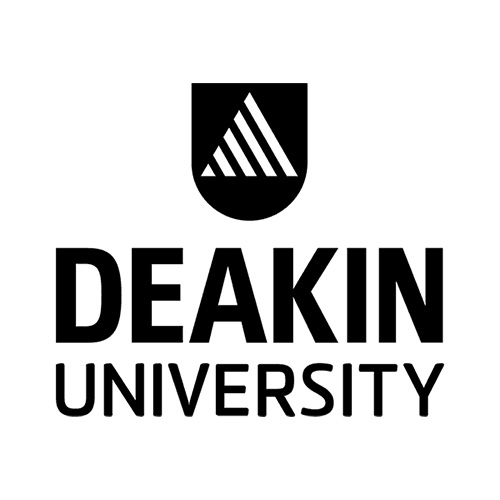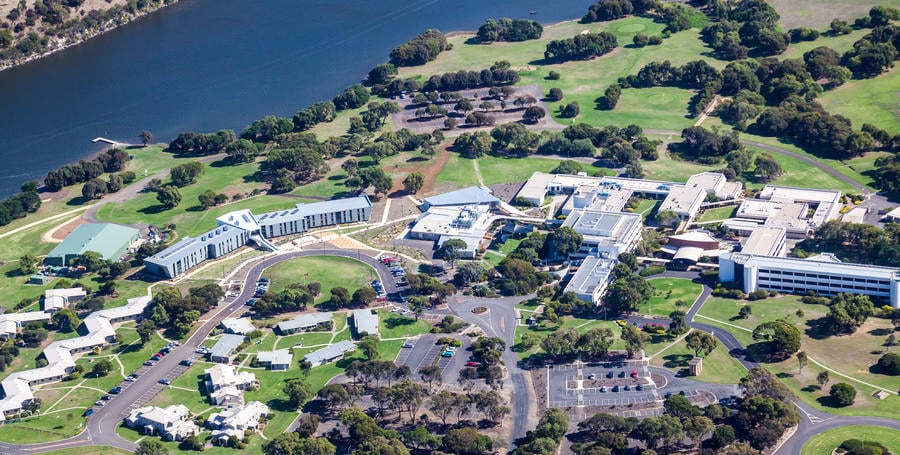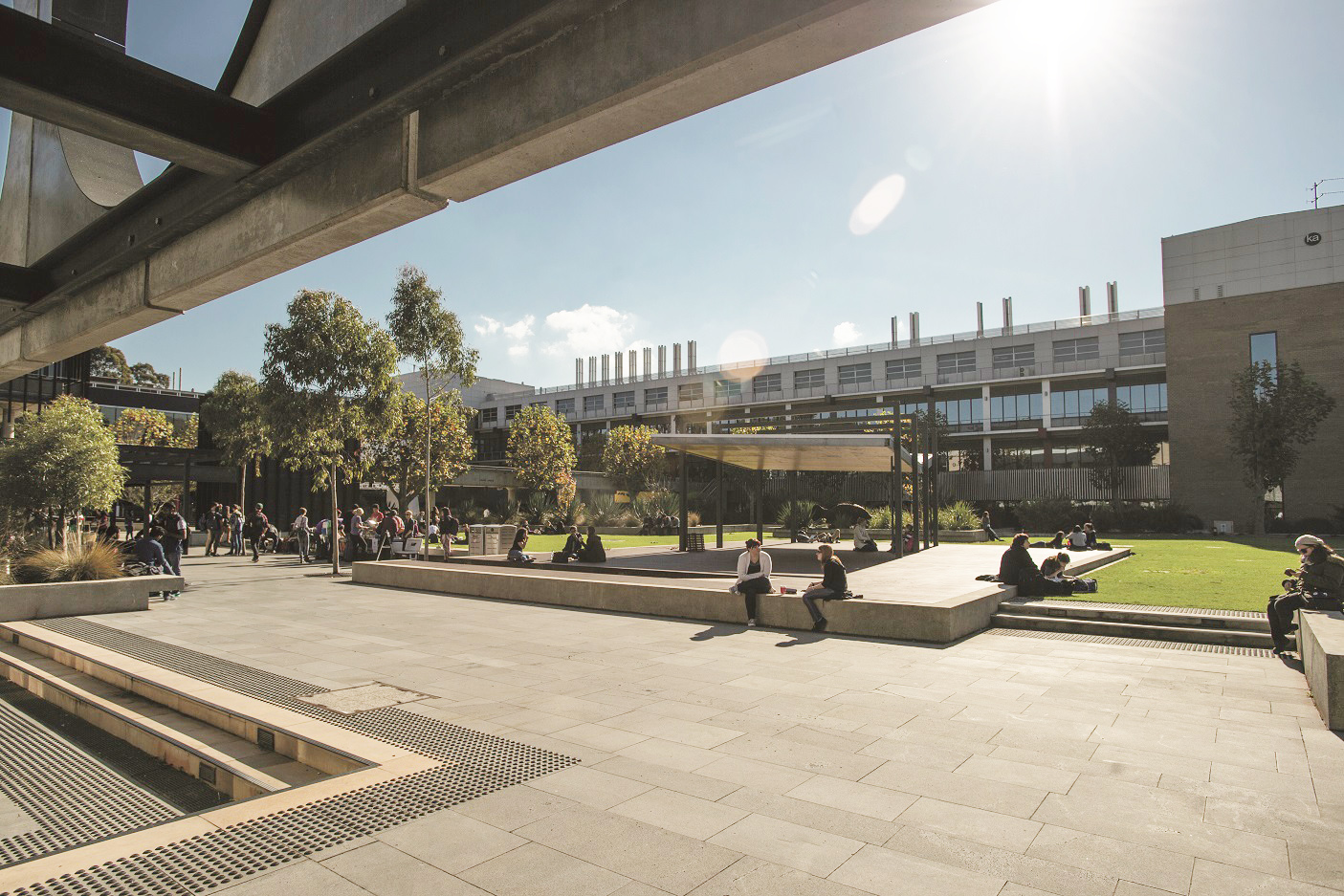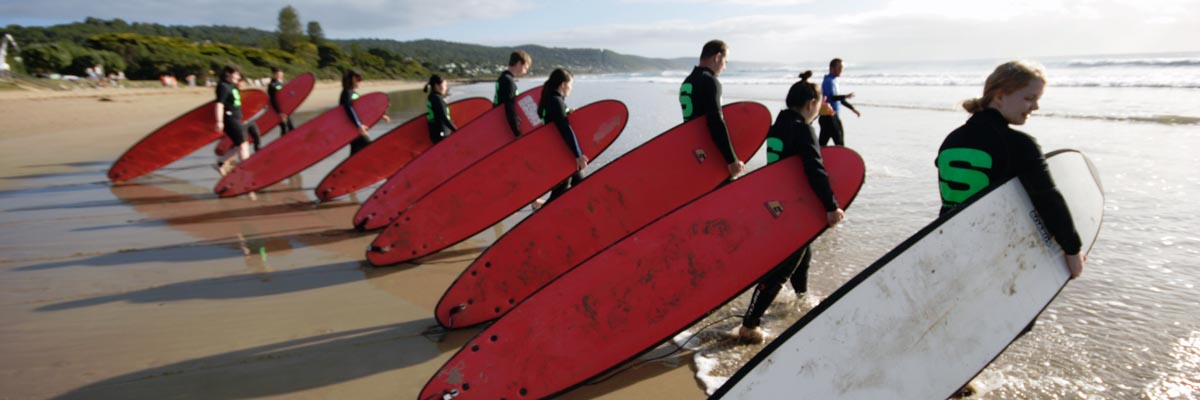Host university for Melbourne, Australia

Deakin University is a diverse institution encompassing a network of campuses that provide a variety of settings for productive learning and a valuable study abroad experience. Each Deakin campus has a distinct atmosphere and a strong sense of community. Despite the fact that Deakin is one of Australia’s largest universities, with over 53,000 students, the campuses are not huge or overwhelming.
Deakin’s reputation for excellent teaching and innovative course delivery has been recognized through many awards over the past decade. It has consistently achieved the highest ratings in surveys of graduate satisfaction and has twice won the coveted Good Universities Guide University of the Year award. It is also one of Australia’s most progressive universities, twice the winner of the Australian University of the Year award for its innovative use of technology in education and for its partnerships with industry. Deakin University is AACSB and ABET accredited.
Deakin University campuses
Please note that the large distances between Melbourne, Geelong, and Warrnambool make studying in more than one city impossible. You must select units (courses) to study at only the one campus if in Melbourne or Warrnambool; students in Geelong could potentially take courses at both the Waurn Ponds and Waterfront campuses, schedule permitting.
 Melbourne campus
Melbourne campus
Located in Burwood, an eastern suburb of Melbourne (pop. 3.6 million), alongside Gardiner’s Creek parklands and close to the natural bushland of Wattle Park, the Melbourne campus is a thriving hub of student activity for over 18,000 students. The campus landscaping brings life, movement, and color to complement the award-winning modern architecture and facilities. The main feature of the campus is a courtyard with a spectacular water sculpture and amphitheater, often used for concerts and outdoor meetings. It’s also host to the Deakin University Art Gallery
Walking and biking tracks connect the campus to Melbourne’s extensive system of bicycle trails. Other sporting and recreational activities include a theatre, cafeteria, shops, excellent student services, and a variety of sporting clubs including water-skiing, surfing, rock climbing, whitewater rafting, and caving. The campus is located eight miles (14 km) from Melbourne city center; the tram ride from the city takes approximately 45 minutes. There also are buses that connect with the suburban train stations.
If you are into the contemporary arts (dance, drama, photography, film, and visual arts) then this is a great place for you. A full range of arts, sciences, health, education, and business courses are also available.
 Warrnambool campus
Warrnambool campus
Located on Victoria’s rugged Shipwreck Coast at the western end of the stunning Great Ocean Road, Warrnambool (pop. 30,000) is a thriving and independent modern city—the fifth largest in the state. Three hours from Melbourne by car or train, the resident population doubles in summer (December to February), when visitors on holiday arrive to enjoy the nightlife, the fishing, and miles and miles of deserted surf beaches. It is a great place for whale watching, visiting wildlife reserves, forests, farms, waterfalls, and one of the most spectacular stretches of coastline in the world. Warrnambool offers a truly unique opportunity for students wanting to experience the "real" Australia.
The major advantage of the Warrnambool campus lies in its smaller size. Around 1,100 students study on campus, which results in a very intimate and personal teaching environment. Students form close bonds with academic staff, who nurture and look out for them. Deakin students are active participants in the community— in sports, art galleries, cafés, community radio, cinema, nightclubs, and internet cafés. Student culture enlivens the city with bands, concerts, festivals, films, politics, and the exploits of the legendary Sharks Football Club (Australian Rules Football).
Deakin’s Warrnambool campus is a modern campus set on the banks of the Hopkins River, which makes it an ideal location to study marine science and any water-based study as it has some of the highest biological diversity in Australia. A full range of arts, sciences, education, and business courses are also available. A nine-hole golf course, tennis and squash courts, football, and gymnasium all are located on campus.
 Waurn Ponds and Waterfront campuses in Geelong
Waurn Ponds and Waterfront campuses in Geelong
Geelong (pop. 250,000) is Victoria’s second largest city and is only one hour from Melbourne and 15 minutes from some of the best Australian beaches. Walking and cycling paths hug the curve of the bay and provide easy access to the many attractions along the shore, including numerous cafes, restaurants, shops, and fully restored art deco seawater baths. In addition to the vibrant city center, there are plenty of opportunities to experience outdoor activities such as sailing, surfing, scuba diving, wakeboarding, and kite surfing.
Waurn Ponds campus
The Geelong campus at Waurn Ponds is located in a picturesque setting of landscaped gardens, extensive lawns, and natural bush attracting native Australian birds and animals. The campus facilities and housing are centrally located. The sporting facilities consist of tennis courts, sporting fields, and the KD Stewart Center which houses squash courts, basketball courts, and a gymnasium. Being a traditional, self-contained campus with almost 5,000 students, it is sort of like a small village with its own bistro, cafeteria, lakeside restaurant, bank, hair salon, general store, bookshop, and travel agency. A daily bus service operates from the university to the Geelong city center and surrounding areas. It’s home to the Geelong Technology Precinct, which conducts groundbreaking research, as well as BioDeakin and the Medical School. Areas of study offered include arts, business, education, engineering, management, media and communication, medicine, health sciences, information technology, law, psychology, and science.
Waterfront campus
The Geelong Waterfront campus, located on Corio Bay in the city center, is within walking distance to the beach and the city’s cafés, restaurants, and walking paths. More than 1,200 students are based at the Waterfront campus whose buildings have been renovated to create a modern and impressive campus. Facilities for architecture students include an expansive modern design studio, fully equipped workshop, a photographic studio, computer laboratories, and access to CAD facilities and the processes of parametric modeling. Areas of study include political science, public policy and governance, international relations, globalization, journalism and communications, architecture and construction management, nursing, occupational therapy, and social work.

